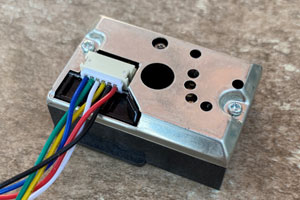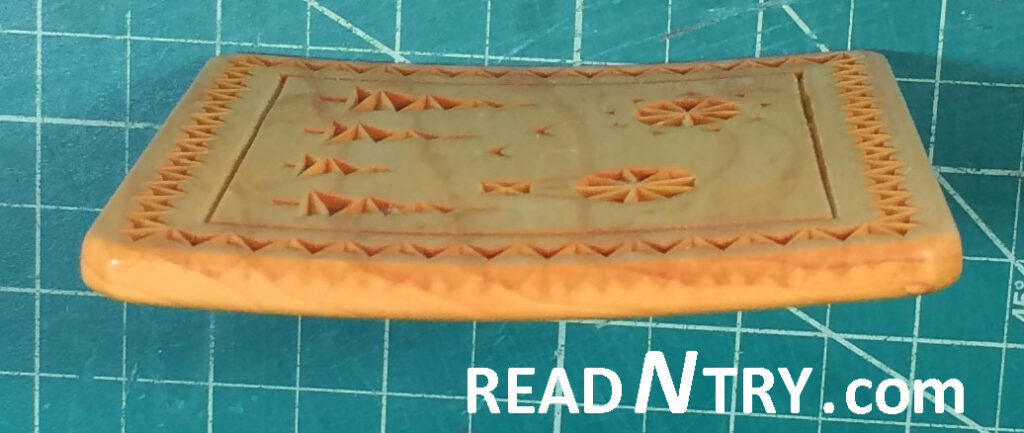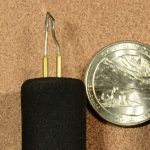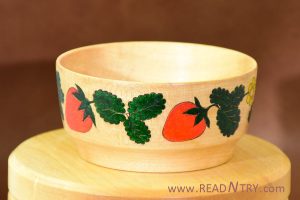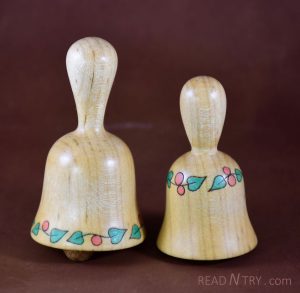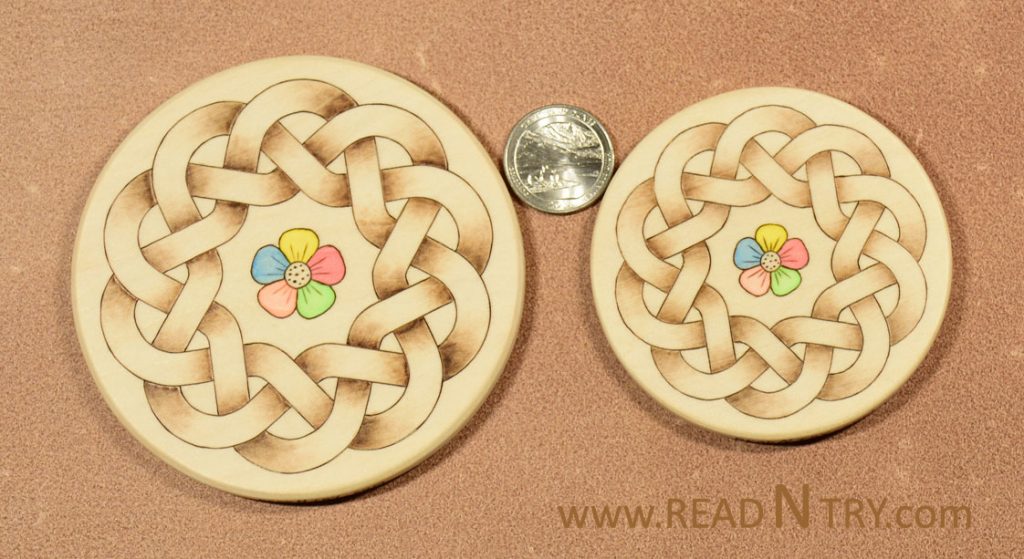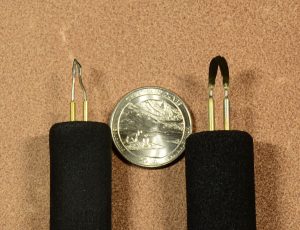I was concerned about air quality during sanding of my wooden projects. I use N-95 respirators and HEPA air purifies for safety but I couldn’t quantify the air quality to see if my safety measures are adequate or not. Eventually measuring air quality became a topic of interest. Let me share my findings.
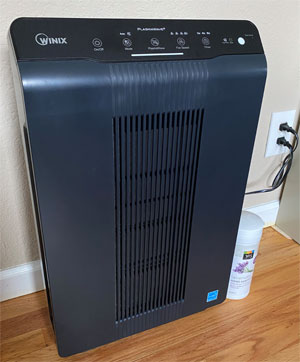
In addition to using a Festool dust extractor I have one of these Winix air purifiers near my wood sanding place. I noticed that it catches not only fine wooden particles but also some dust.
While cleaning the filters according the manufacturer instructions I was glad to learn that the caught dust ended up in the filters and not in the lungs so I placed quite a few of those HEPA air purifiers around my house.
This particular Winix model is two feet high (60 cm) and comes with a remote.
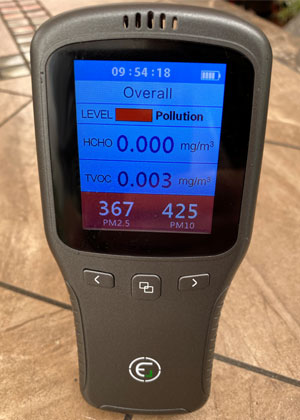
I also got an air quality monitor that measures fine particulate matter (PM, <2.5 microns in size — PM2.5) as well as formaldehyde, and TVOC (total volatile organic compound).
This particular model shows PM measurements using mg/m3 concentrations. The included instruction provides the PM2.5 Level Interpretation table based on the EPA standards.
The reported values in mg/m3 may be different from the “Air Quality Index” that may be calculated differently.
I found that HEPA filters help with smoke too: the current outdoor air quality in California is pretty bad due to the fires caused by recent thunderstorm and lightning. The outdoor air quality index reached “Very Unhealthy” and even “Hazardous” levels in September 2020. Even though doors and windows are shut closed in my house smoke traces still find a way inside especially during windy days. I noticed that having the indoor air purifiers running 24 x 7 keep the indoor air quality index almost always 1.
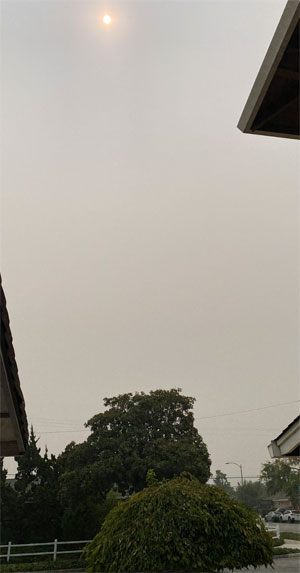
During windy and heavy smoke pollution days when the outdoor air quality index raises above 200, thanks to my air purifiers, the indoor air quality index never raises more than 5-7 which is still considered “good”.
The Sun is barely shining through the smoky air at 1:00 PM on 11 September 2020. Location: San Jose, CA.
Dust particles in the air are very small but they still differ in size greatly. Measuring a number of particles of 2.5 and 10 micrometers is a standard practice but other sizes of particles can be measured too by using a particulate concentration sensor designed by relying on the laser scattering method. Such sensors are capable of continuous acquisition and computing the number of suspended particles in per unit volume which is also the particulate concentration distribution.
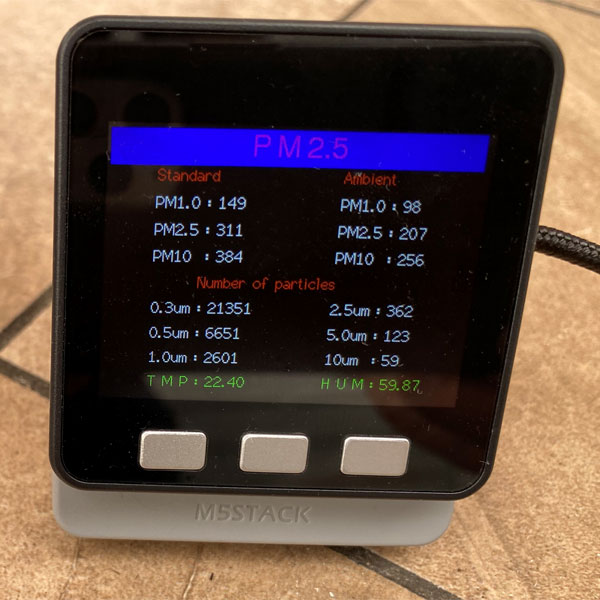
I got a M5Stack PM2.5 Air Quality Kit that is based on the ESP32 micro-controller and a sensor (PMSA003) from Plantower. This device can measure 0.3, 0.5, 1.0, 2.5, 5, and 10 microns (micro meters). It can be used to monitor the air quality as is or can be programmed using Arduino (or other platforms) to extend its functionality.
Equipped with this knowledge, sensors, and air purifiers I can quantify the air quality and make decisions to reduce my family exposure to harmful PM air pollutants. Measuring air quality with my own sensors on demand allows me to get more accurate and more up to date readings compared to weather apps and online websites that show air quality data; also it gives me flexibility of measuring and comparing the air quality indoor, in the garage, and outside.
I think it is important to be mindful about indoor/outdoor air quality, to avoid going outside during bad days, and to ventilate homes during good days. Stay safe. Search about air pollution online to learn more about the topic. I would recommend starting with this article: Why is PM2.5 often higher than PM10?
